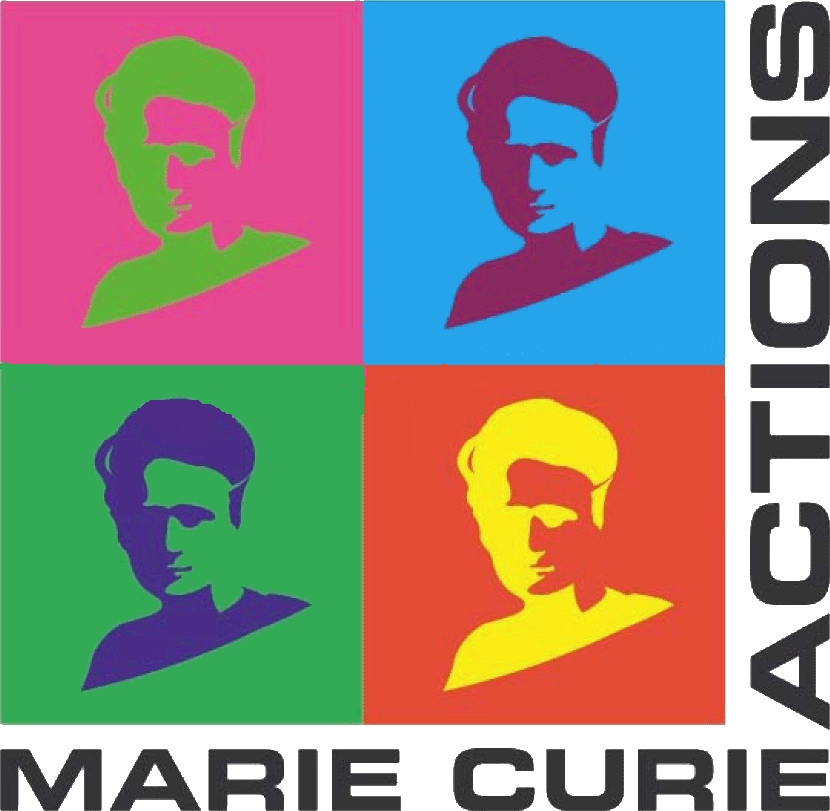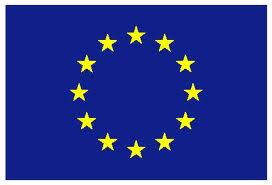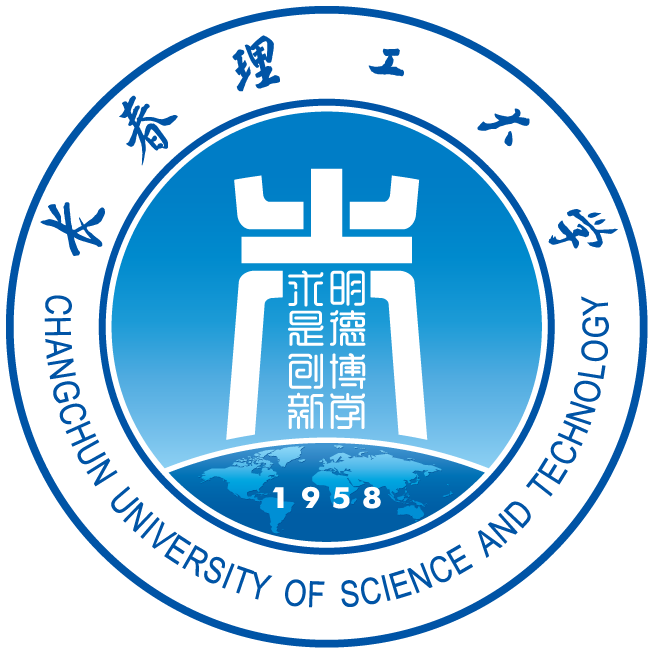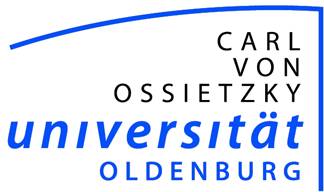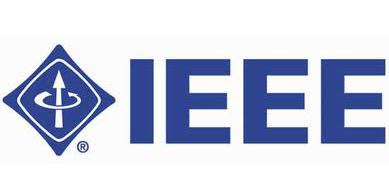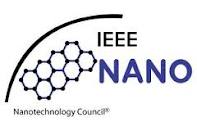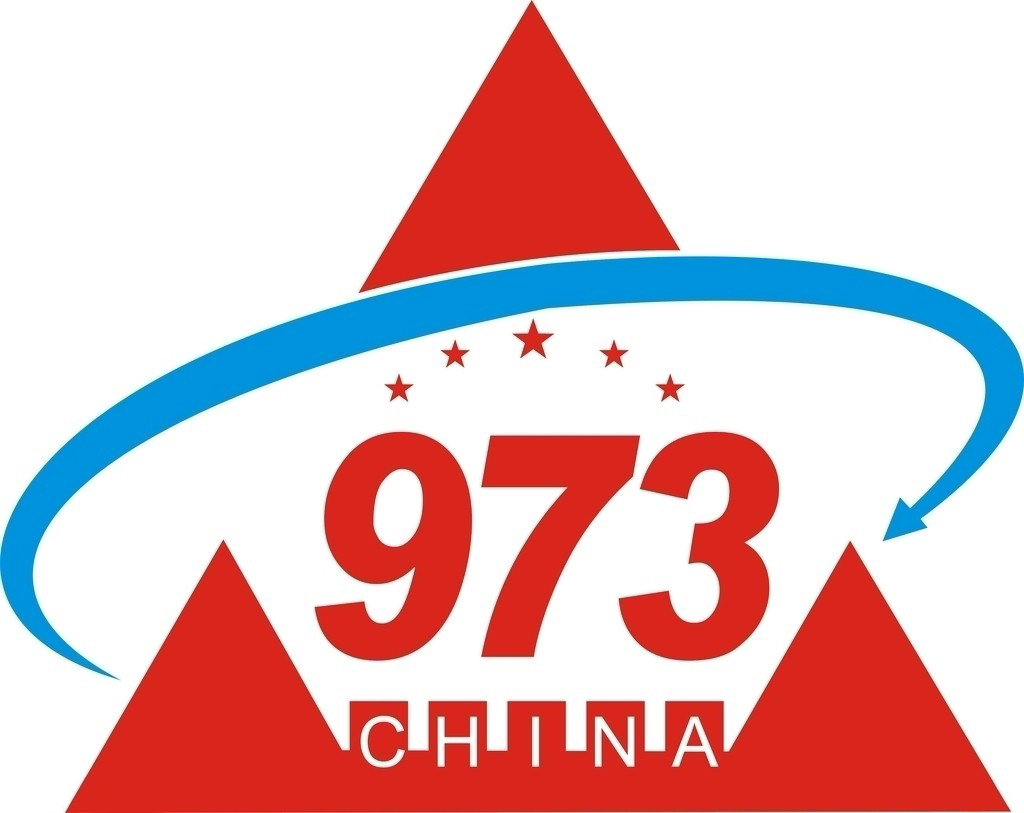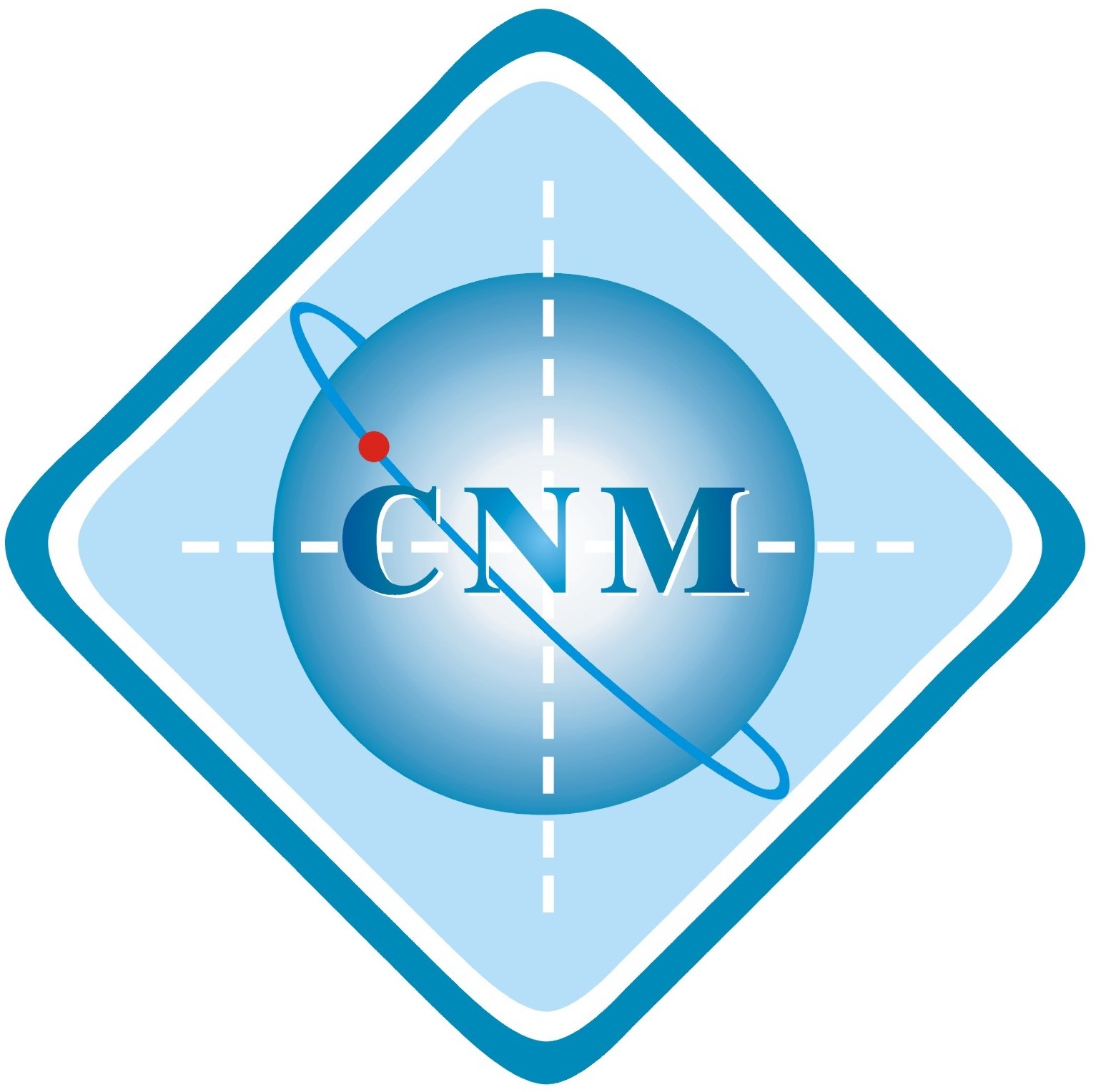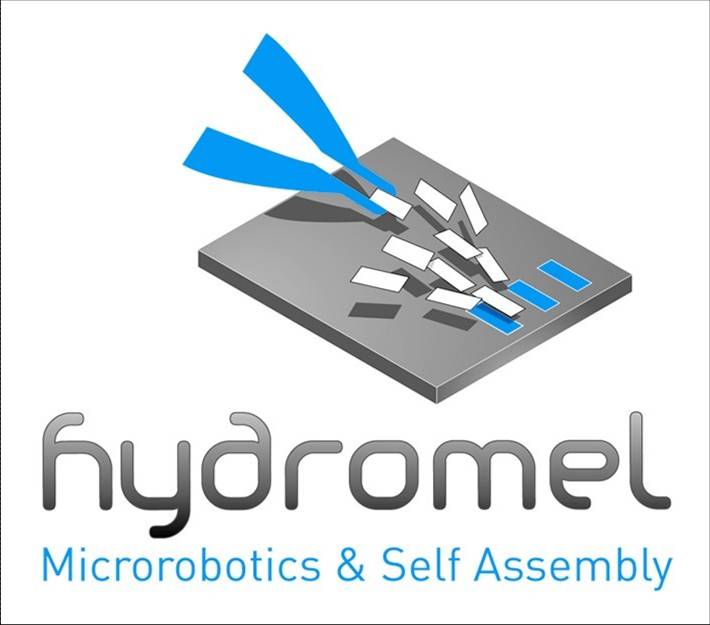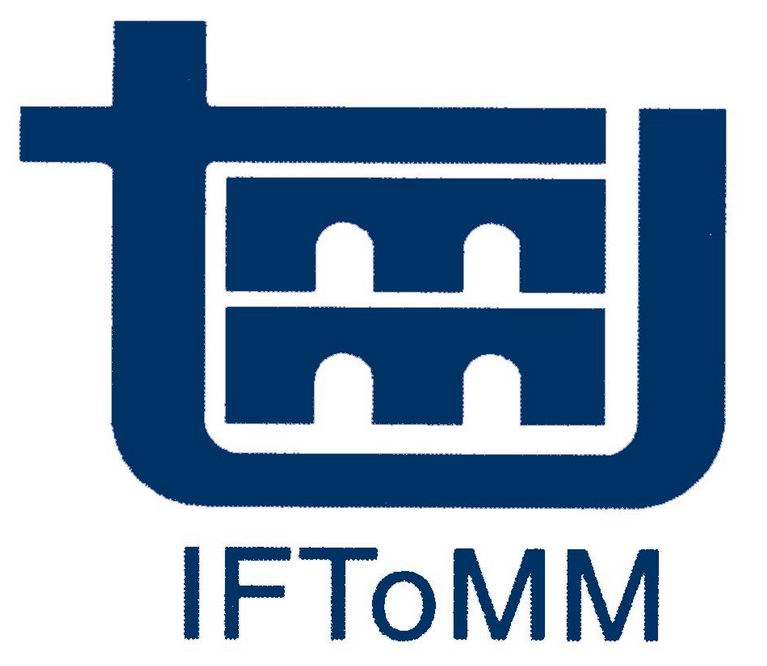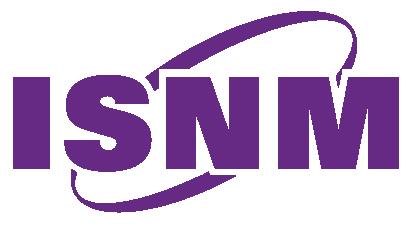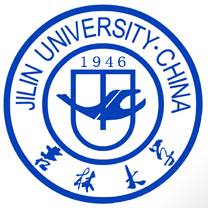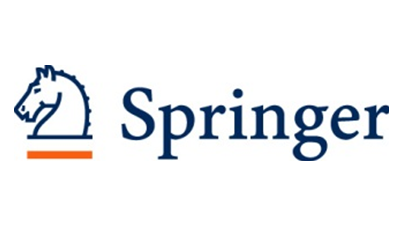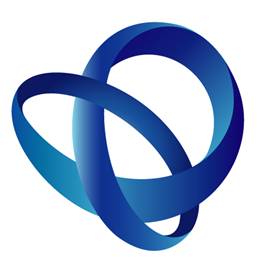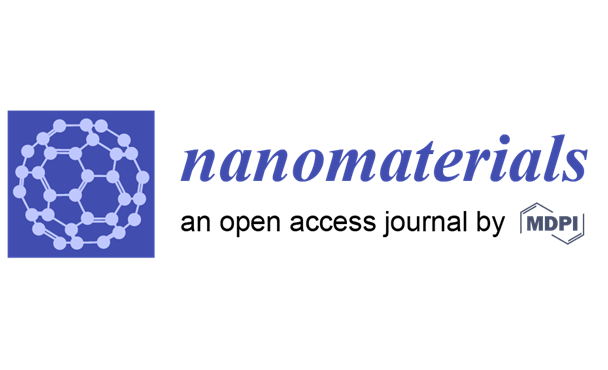|
|
| |
Keynote Speakers |
|
|
|
|
|
|
|
| |
|
|
|
 |
|
Fumihito Arai |
|
Professor |
| Dept. of Micro-Nano Systems Engineering |
|
Dept. of Mechanical Science & Engineering |
|
Director |
| Center for Micro-nano Mechatronics |
| Nagoya University, Japan |
|
Personal homepage |
|
Title: Micro and Nano Robotics on a Chip for Biomedical Innovation |
|
Abstract: Micro and Nano Robot is one of the promising tools for measurement and manipulation of biological cell with high throughput and high repeatability. Integration of the microfluidic chip and robotics based on MEMS and nanotechnology is key challenge for biomedical innovations. In addition to the advantage of environmental control by microfluidic chip, robot enables physical operation with high throughput. This talk discusses recent and essential developments in advanced micro-nano robotics.
|
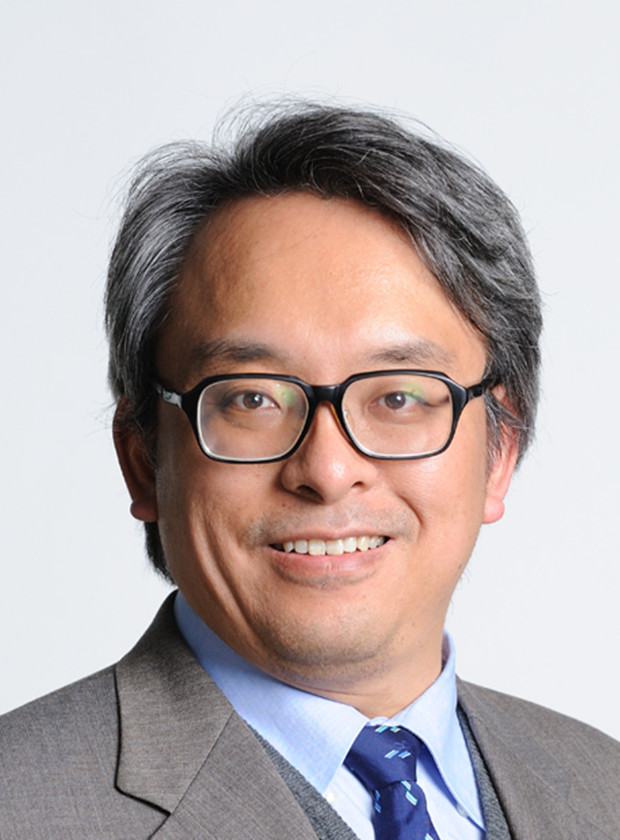 |
|
Katsuhiko Ariga |
|
Professor |
| World Premier International (WPI) |
|
Research Center for Materials Nanoarchitectonics (MANA) |
|
National Institute for Materials Science (NIMS) |
| Japan |
|
|
Personal homepage |
|
Title: Hand-Operating Nanotechnology: Manual Control of Molecular Machine |
|
Abstract: We propose a novel methodology “hand-operating nanotechnology” where molecular orientation, organization and even functions can be handled and tuned by our macroscopic (hand) operation. This concept can be realized at dynamic two-dimensional medium such as thin films at the air-water interface. For example, we successfully manipulated molecular machines and realized capture and release of aqueous guest molecules at the air-water interface upon bulk (10-100 cm size) motion. |
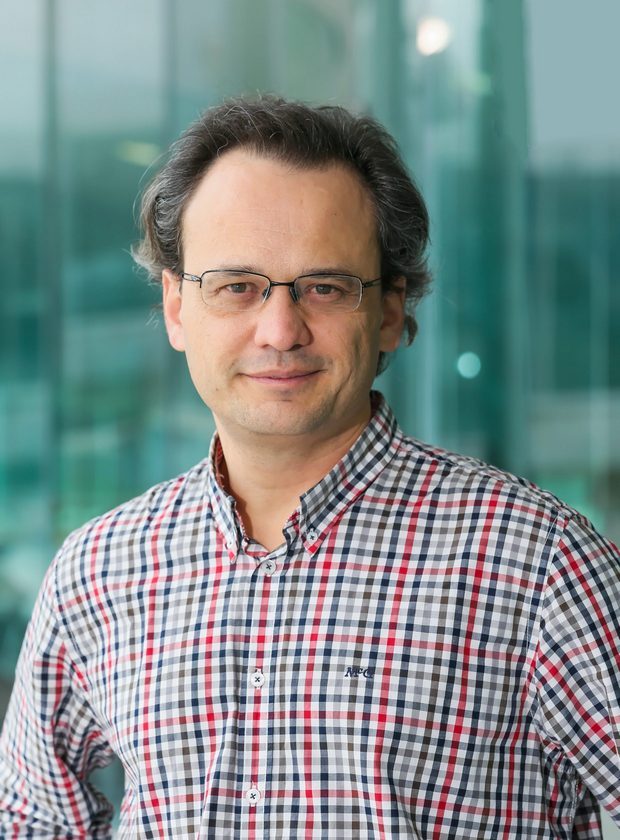 |
|
Yves Bellouard |
| Associate Professor |
| School of Engineering, Institute of Microengineering |
|
Ecole Polytechnique Fédérale de Lausanne (EPFL) |
|
|
|
Personal homepage |
| Title: Three-dimensional Printing of Integrated Microsystems in Single Monolith by Locally Tailoring Material Functionalities |
|
Abstract: Ultrafast lasers opens the opportunity to tailor material properties in the three-dimensions and with nanoscale resolutions thanks to non-linear absorption processes. In this talk, we will show how these unconventional laser-matter interaction combined with an additional chemical processing can be used for embedding a variety of functions in a monolith, turning a single piece of material into a system. This novel approach of manufacturing, based on the concept of system-material, not only allows unprecedented level of functional integration but also requires minimal infrastructures and energy. As illustrations, we will present various types of systems made using this manufacturing principle, from sensors to actuators, combining optical, fluids-handling and/or mechanical functions.
|
|
 |
|
Peter J Bryanston-Cross |
| Professor |
| Warwick University, UK |
|
Visiting Professor Changchun University of Science and Technology, China |
|
Optical consultant for Massachusetts Institute of Technology, USA
CEO PBX Laboratories, UK
|
|
Personal homepage |
|
Title: Long Range Visualisation of 300nm diameter Particles as a Diagnostic for High Speed Combustion Flows. |
|
Abstract: The paper describes an automated Particle Image Velocimetry (PIV) system designed for synchronised combined 2 and 3 component velocity measurements. The system has been used to make measurements of velocity and turbulent kinetic energy in the exhaust region of an 1/ 8 scale gas turbine engine operating at high sub-sonic velocities and 1400◦C. For the PIV camera light detection the flow was seeded with 0.3µm aluminium oxide particles. Tests were performed, to determine optimum camera positions based upon Mie scatter calculations for the particles. |
|
|
 |
|
Zhendong Dai |
| Professor |
| Institute of Bio-inspired structure and surface engineering |
|
Nanjing University of Aeronautics and Astronautics |
|
Nanjing, China |
|
Personal homepage |
|
Title: Biomimetics of Gecko Locomotion: from Nano to Engineering |
|
Abstract: Gecko’s excellent locomotion ability largely results from the hundred thousands nano-scale seta, inspired by the nanostructure and the way to govern to seta array, we measured the 3D reaction forces of single toe and feet during freely motion, including attaching and detaching procedure, and developed quadruped robot moving on vertical substrate and weightless situation. Studies show that gecko’s excellent locomotion ability results from the synergies among nano-structure, fine sensing and control to the reaction forces, which greatly inspire the design of gecko-mimicking robot.
|
|
|
|
Title: High Frequency Characterization of Nanoelectronics: Challenges and Instrumental Solutions |
|
Abstract: Test and metrology of nanoelectronics face to the large diversity of materials and devices as well as the complexity of future technologies. Measurements in high frequency arouse numerous activities at laboratory and industrial levels in the frame of on-wafer and probing characterizations at low scale. The communication will aim to overview the advanced researches in the domain of high frequency probing techniques and measurement bottlenecks. |
|
|
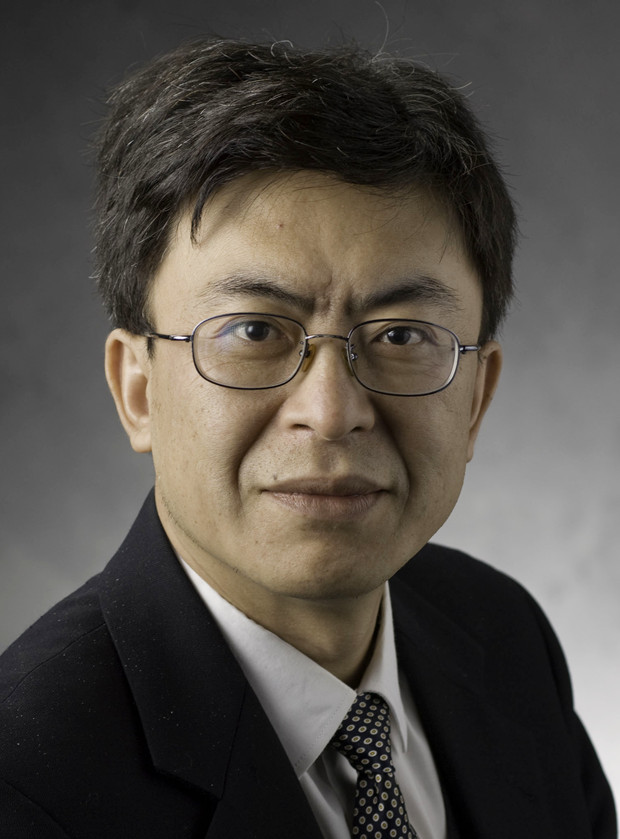 |
|
Lixin Dong |
|
Professor |
| Department of Electrical and Computer Engineering |
|
Michigan State University |
|
USA |
|
|
|
Personal homepage |
|
Title: Nanoelectrochemical Systems (NECS): the Next Important Thing for NanoRobotics |
|
Abstract: The emerging nanoelectrochemical systems (NECS) as a field has been stimulated by the fast advancement of memristors, ion-batteries, etc. In-situ investigation of NECS provides the possibility to correlate the electron/ion transport properties of nanomemristors/batteries to the spatial carrier/ion distribution and motion. This talk reviews our recent efforts in the development of a series in-situ techniques for the investigation of NECS based on nanorobotic manipulation combined with transmission electron microscopy (TEM), scanning TEM (STEM), elementary analytical spectroscopy (e.g., energy-dispersive X-ray spectroscopy (EDS) and electron energy loss spectroscopy (EELS)), and a chemical work station. Whereas the significance of more efficient and compact batteries for micro-/nanorobotic systems is obvious, it is noted that memristic behavior can be influenced by mechanical stresses and ambient oxygen, showing that the nanowire memristor can serve as a passive sensor with memory (memristic sensor or “memsensor”), which can play a unique role in micro-/nanorobotic systems where power supply is difficult or impossible at all. |
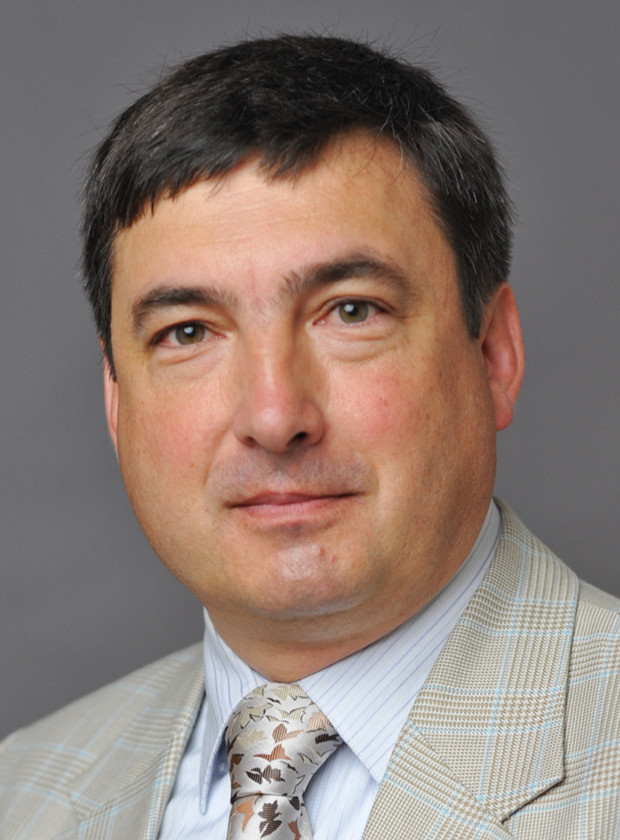 |
|
Stanislav Gorb |
|
Professor |
| Department Functional Morphology and Biomechanics |
|
Zoological Institute of the University of Kiel |
|
Germany |
|
|
|
Personal homepage |
|
Title: Biomimetic Adhesive Microstructures as an Approach to Understand Functioning of Biological Systems
|
|
Abstract: Biological hairy attachment systems have robust adhesion and high reliability of contact. Previous comparative experimental studies on biological systems showed the way to development of novel glue-free adhesives. While producing the reversible adhesives, mimicking the gecko attachment system, still remains the main direction of research in the field, very convincing results have been achieved in manufacturing adhesive microstructures inspired by male chrysomelid beetles. Comparative studies on microstructures with different contact geometries showed that beetle-inspired mushroom-shaped adhesive microstructure (MSAMS) even outperform the gecko-inspired spatula-shaped geometry under certain conditions. Adhesion of MSAMS is reversible and even stronger under water. MSAMS demonstrated stick-slip free friction and lower impact of contamination by particles. MSAMS can keep its adhesive capability over thousands of attachment cycles. On rough substrates, their performance can be enhanced by the introduction of fluid into the contact zone. Additionally, the development of MSAMS provides an opportunity for biologists to run experiments, which would be otherwise only hardly possible with real biological system. The present lecture discusses how the knowledge obtained from studies on MSAMS can be applied to understanding function of biological adhesive systems of insects. |
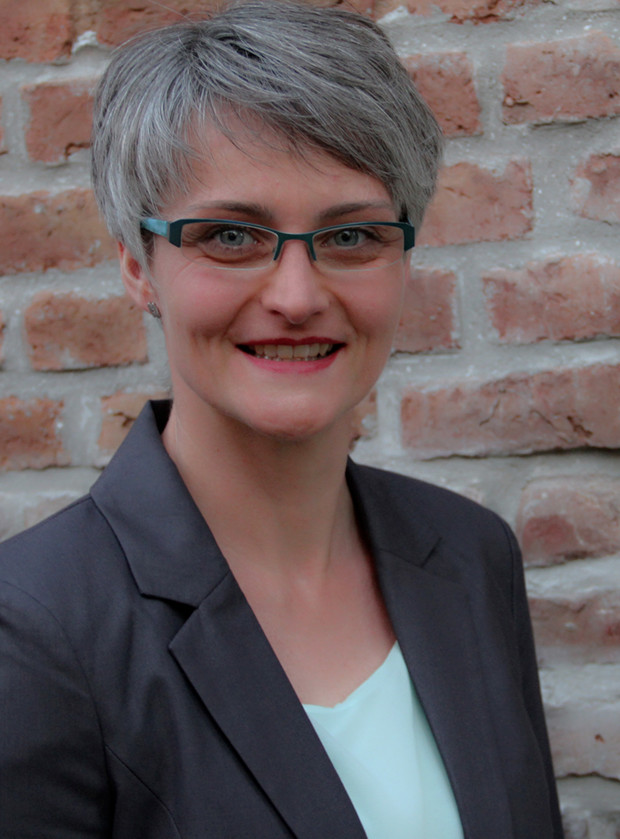 |
|
Stefanie Gutschmidt |
| Senior Lecturer |
|
Mechanical Engineering |
|
University of Canterbury
New Zealand |
|
|
|
Personal homepage |
|
Title: Throughput Issues for Scanning Probe Imaging and Lithography |
|
Abstract: Micro-electromechanical cantilever arrays offer a tangible solution to high-speed and precision imaging and manipulation technologies such as scanning probe microscopy and lithography. However, associated multi-physics coupling and observed nonlinear dynamic behaviour are currently not fully understood and thus prevent successful implementation of an otherwise promising solution. In this work we present the underlying physics of nonlinear dynamics and coupling phenomena of a self-sensing, self-transducing cantilever array in non-contact operation mode. Our theoretical approach is based on nonlinear classical continuum mechanics in combination with numerical simulations, and complemented by experimental investigations. |
|
|
 |
|
Tawfique Hasan |
|
Dr |
|
University Lecturer in Electronic Materials and Devices
Royal Academy of Engineering Research Fellow
Cambridge Graphene Centre, Engineering Department |
|
Cambridge University |
|
United Kingdom |
|
Personal homepage |
| Title: Functional Inks of Layered Materials in Printed Electronics and Photonics |
|
Abstract: I will talk about formulation of layered material ink systems with a short and a long term vision. On a shorter term, I will talk about their commercial prospect as conductive, high viscosity inks and composites. On a longer term, I will discuss semiconducting layered material based ink systems and their heterostructures for next generation photonic applications.
|
|
|
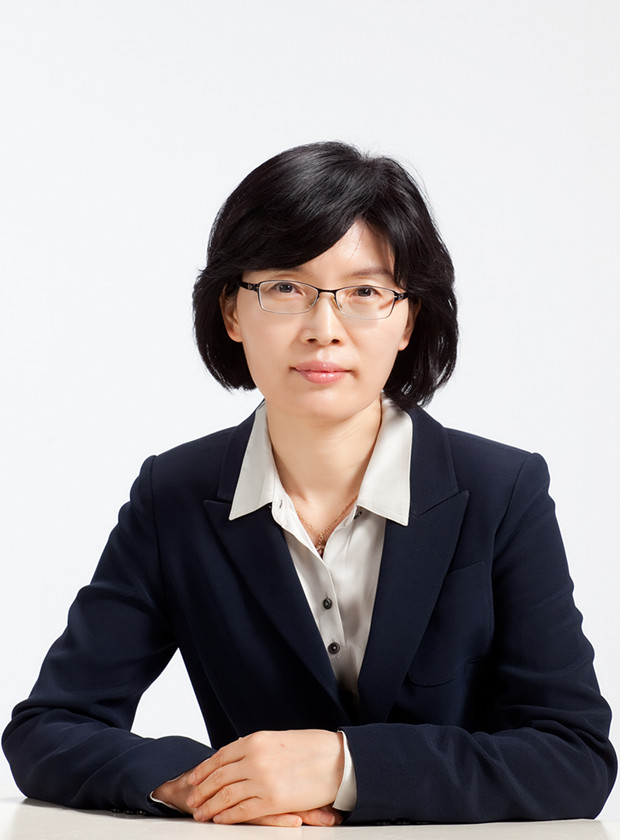 |
|
Eunkyoung Kim |
|
Department of Chemical and Bimolecular Engineering |
|
Yonsei University |
|
Korea |
|
|
|
Personal homepage |
|
Title: Photo Harvesting of Living Cell Sheets from NIR Active Conjugated Polymer Surfaces |
|
Abstract: Various types of live cells, e.g. human mesenchymal stem cells (MSCs) and human dermal fibroblasts, were efficiently and selectively harvested by near-infaraed (NIR) light using the photothermal effect of a conductive polymer nano-thin film. The absorption of PEDOT thin films in the NIR region was effectively triggered cell harvesting upon exposure to an NIR source. This light-induced cell detachment method provides the temporal and spatial control of cell sheet harvesting, as well as cell patterning useful for depletion of a specific subset from heterogeneous population during culture. |
|
|
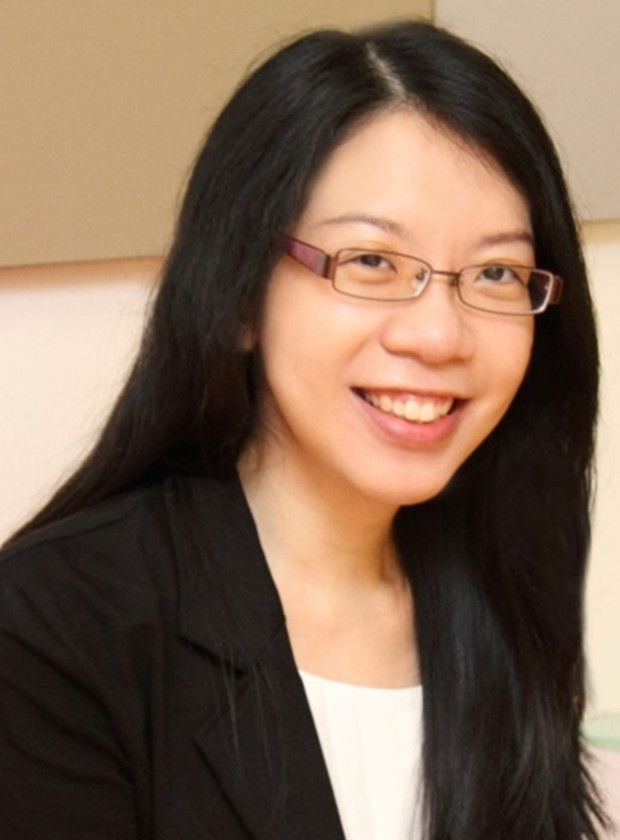 |
|
Pooi See Lee |
|
|
| School of Materials Science and Engineering |
|
Nanyang Technological University
Singapore |
|
|
|
Personal homepage |
|
Title: Flexible and Stretchable Conductors for Electronics and Energy Applications |
|
Abstract: This talk discusses our recent progress on developing flexible and stretchable conductors for emerging wearable electronics, stretchable displays, pressure sensors, deformable and conformable visual electronics. The key challenge of achieving flexible and stretchable conductors using micro- and nanostructuring approaches will be elucidated. We further extend the platform technology into energy devices such as stretchable battery or supercapacitor electrodes. |
|
| |
 |
|
Yi-Kuen Lee |
|
|
| Department of Mechanical & Aerospace Engineering |
|
Division of Biomedical Engineering
Institute of Integrated Microsystem
Hong Kong University of Science & Technology |
|
Hong Kong |
|
|
|
Personal homepage |
|
Title: Nano-Spike Electroporation System for Manipulation of Biological Cells at Ultra-low Voltages |
|
Abstract: We developed a novel nano-spike electroporation (Nano-EP) device for manipulation of biological cells at ultra-low applied voltage using nano-imprint and electrochemical anodization. The Nano-EP system integrated with a portable electroporator and a smartphone-based control app has demonsrated for manipulations of biological cells for biotechnology, including electroporation, electric cell lysing and extraction of DNA/protein at much higher efficiency and cell viability in comparison with existing micro/nano devices. |
 |
|
Wen-Jung Li |
|
Professor |
| Dept. of Mechanical and Biomedical Engineering |
|
City University of Hong Kong |
|
Hong Kong SAR, China |
|
|
|
|
Personal homepage |
|
Title: Super-Resolution Lenses for Rapid and Large Area 3D Nanoscale Imaging |
|
Abstract: Recent studies have shown that dielectrics with specific morphology have the capability to provide image resolution beyond optical diffraction limit. In this lecture, we will show that specific microspheres and microlenses could be used to break the diffraction limit and provide 3D images of nanoscale structures with lateral dimensions below 100nm and vertical dimension below 20nm. The optically-based super-resolution method developed by our team is a ground-breaking technique for imaging nanoscale structures because: (1) it provides the imaging of 3D nano-structures with at least an order of magnitude faster time than AFMs; (2) it provides a much larger field-of-view than scanning probes; (3) compared to the existing and prevalent optically-based nano-imaging methods, it does not need fluorescent particles for nanoscale imaging. The super-resolution capability of the microspheres/microlenses mainly originated from near-filed optical principles. We will show in this lecture that the lateral resolution of our system is enhanced by microspheres/microlenses achieving near-field sub-diffraction limit details from the transformation of evanescent waves to propagating waves. The fundamental concepts and theoretical basis for this new super-resolution 3D imaging system will be elucidated in this lecture. | |
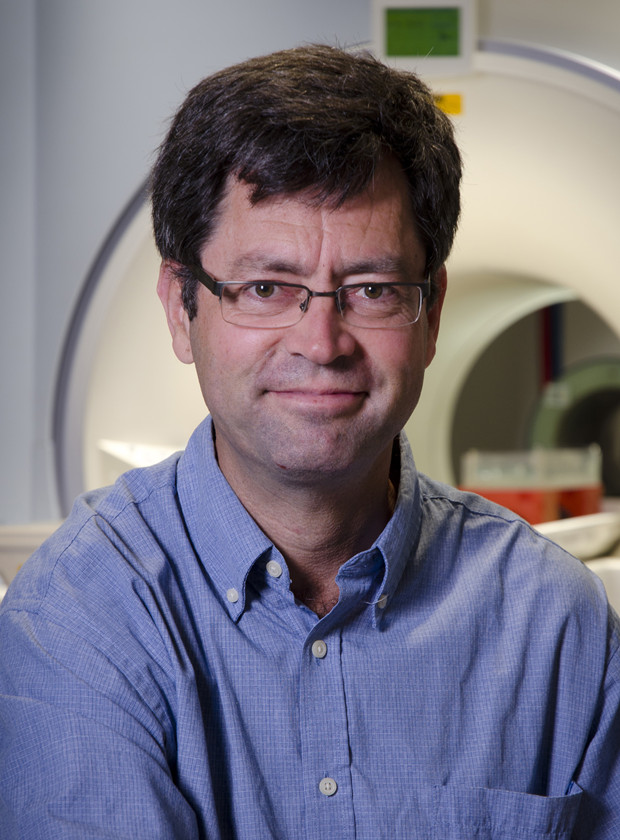 |
|
Sylvain Martel
|
| Professor |
| Director, NanoRobotics Laboratory |
|
Department of Computer and Software Engineering
Institute of Biomedical Engineering |
|
École Polytechnique de Montréal, Canada
|
|
Personal homepage |
|
Title: Mechatronic Equivalent of a Therapeutic Bacterial Nanorobotic Agent |
|
Abstract: Drug-loaded MC-1 magnetotactic bacteria have been investigated as non-systemic delivery nanorobotic agents to target and deliver therapeutic payloads in hard-to-reach hypoxic regions of solid tumors in order to maximize the therapeutic efficacy. To demonstrate that the development of an artificial nanorobotic agent offering similar characteristics would be beyond present technology feasibility, an equivalent mechatronic model is presented providing a more accurate description of the level of complexity involved. |
|
|
 |
|
Masahiro Nakajima |
|
|
| Center For Micro-nano Mechatronics |
|
Nagoya University
Japan |
|
|
|
|
|
|
Personal homepage |
|
Title: Micro-Nanomanipulation System under Environmental Scanning Electron Microscope for C. elegans |
|
Abstract: Micro-nanomanipulation is widely used for various biological and medical applications. This talk presents our micro-nanomanipulation system under an environmental scanning electron microscope (E-SEM) for Caenorhabditis elegans (C. elegans). The C. elegans is one of the smallest animal used as a model organism. The micro-nanomanipulation system realizes semi-wet manipulation which is able to keep samples from drying out by vacuum pressure for electron microscopic observation. |
 |
|
Valentin L. Popov |
|
Professor |
| Berlin University of Technology |
|
Germany |
|
|
|
|
|
Personal homepage |
|
Title: Oscillation-based Methods for Fixation and Manipulation of Nano-particles |
|
Abstract: Many methods of fixation, locomotion, actuation and manipulation of objects at the nano-scale are based on the interaction of the objects with oscillating fields. In this keynote talk, an overview of various actuation mechanisms used by nature and man will be discussed. Special attention will be given to the influence of friction, viscoelasticity and adhesion on the controllability of the actuation. |
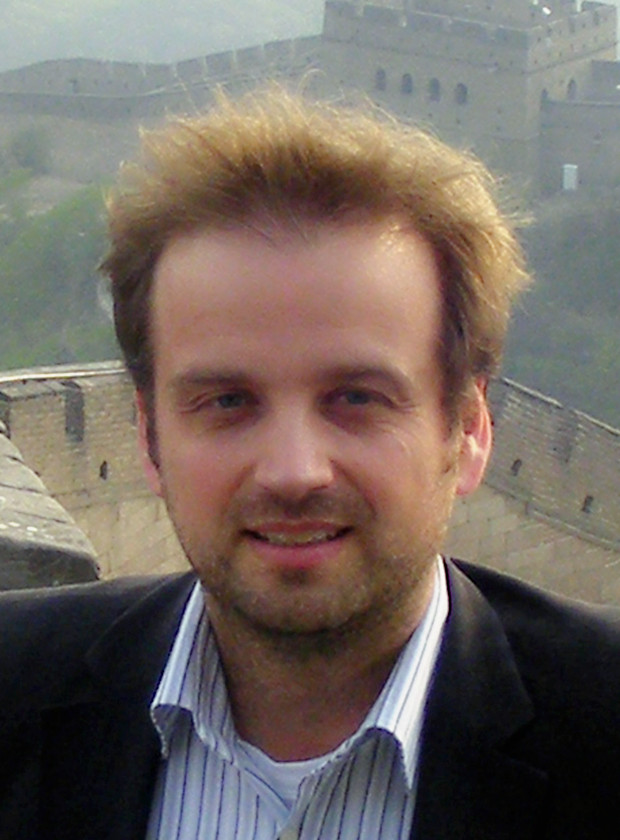 |
|
Oliver G. Schmidt |
| Director |
| Institute for Integrative Nanosciences |
|
IFW Dresden, Germany
Professor
University of Technology Chemnitz
Germany |
|
|
|
Personal homepage |
|
Title: Hybrid Nanomembranes: From Imperceptible Magnetoelectronics to Micro-biorobots |
|
Abstract: Nanomembranes are thin, flexible, transferable and can be shaped into 3D micro- and nanoarchitectures. This makes them attractive for a broad range of applications and scientific research fields ranging from flexible imperceptible magnetoelectronic devices to ultra-compact autonomous micro- and micro-biorobotic systems. If nanomembranes are differentially strained they deform themselves and roll-up into tubular structures upon release from their mother substrate. Rolled-up nanomembranes can be exploited to rigorously compact electronic circuitry, energy storage units and novel optical systems. If appropriate materials are chosen, rolled-up tubes act as tiny microrobotic motors which in the ultimate limit may drive compact multifunctional autonomous systems for medical and environmental applications. |
|
|
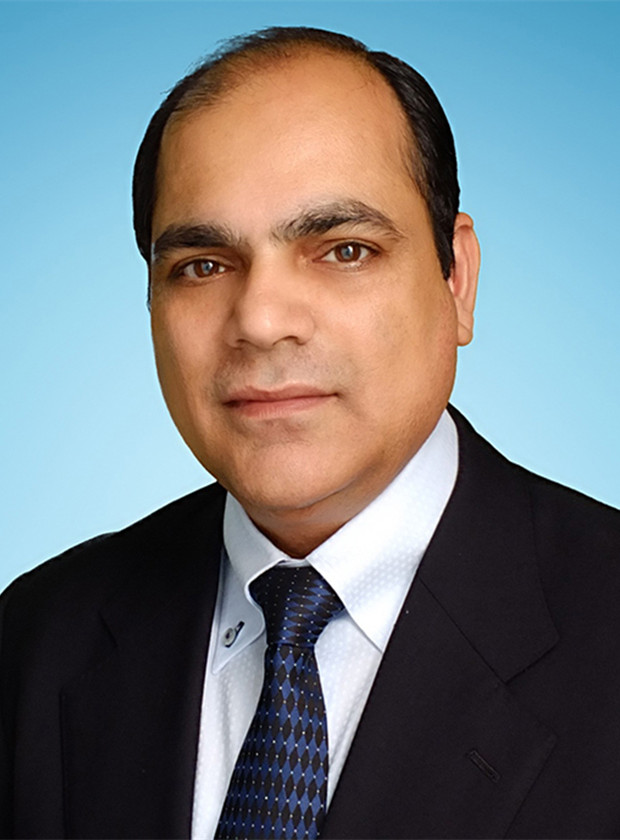 |
|
Prabhat Verma |
|
|
Director
Japan Society of Applied Physics
Professor
Dept. of Applied Physics
Osaka University
Japan |
|
|
|
|
Personal homepage |
|
Title: Optical Imaging at the Nanometer Scale: Seeing What Light Cannot See |
|
Abstract: Since nanomaterials are much smaller than the wavelength of visible light, it is not possible to image them even with the best possible optical microscope. Here, I will discuss how we can manipulate and confine light within a few nanometers using optical antenna and exploit it to “see” nanomaterials using visible light. |
|
|
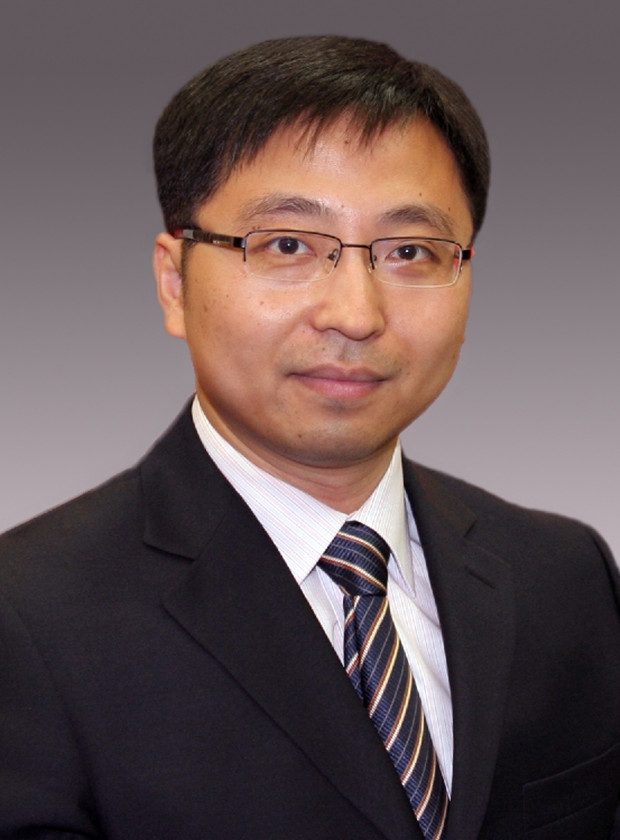 |
|
Li Zhang |
|
|
| Department of Mechanical and Automation Engineering |
|
The Chinese University of Hong Kong, Hong Kong SAR, China
Shenzhen Research Institute
The Chinese University of Hong Kong, Shenzhen China |
|
|
|
Personal homepage |
|
Title: Helical Swimming Microrobots: Manufacturing, Characterization and Applications
Abstract: Recent developments in helical swimming microrobots, mimicking the propulsion of E. coli bacteria, will be presented in this talk. To date, different top-down and bottom-up micromanufacturing methods were introduced to fabricate these tiny devices with a high-yield and/or a controllable shape, size and chirality. Experimental results indicate that three-dimensional (3-D) locomotion, force and torque generated by helical swimming microrobots can be precisely controlled using a low-strength, rotating magnetic field. Furthermore, based on their designed morphologies, materials, and functionalization, these miniaturized magnetic helical micromachines are expected to be applied as remotely-actuated probes for manipulation of biological objects at single-cell level and for targeted payload delivery in vitro and in vivo. |
|
|
|
|
|
*The list of invited speakers is based on the alphabetical order of family names. |
|
|
|

